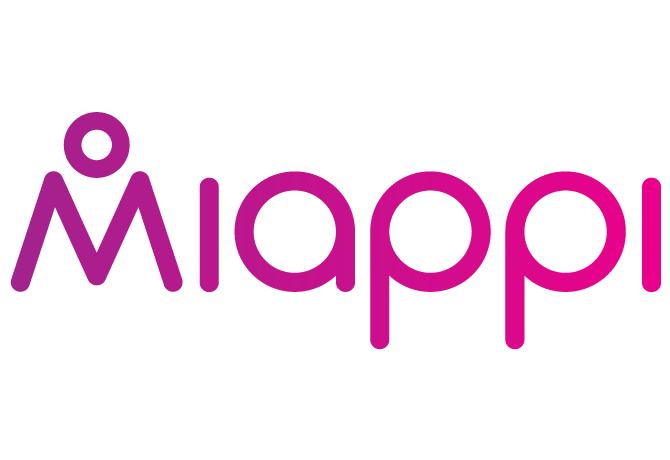Why Consumer Generated Content Marketing Pays Off in the Long Run

The stats don’t lie. Influencer marketing is the fastest growing channel for customer acquisition and word of mouth marketing generates more than twice the sales of paid advertising. On top of that, 92% of consumers turn to people they know for referrals and 88% of consumers trust reviews from other consumers as much as they’d trust a recommendation from a friend.
Of course, getting consumer generated content marketing just right requires a solid strategy, plenty of patience and a willingness to invest in the future. It’s not a short-term approach but rather relies on building long-term relationships with potential customers. Let’s dig a little deeper.
Consumer Generated Marketing
But it doesn’t need to be a comprehensive review to count as consumer-generated content. In fact, it doesn’t even have to be positive. If a customer has a poor experience with a brand and then they take to Twitter to complain about it, that’s consumer-generated content too. It falls to you as a brand to separate the positives from the negatives and to amplify the positives while reaching out to dissatisfied customers and trying to solve their problems.
Like it or not, people are already creating content around your company and your industry. The real question is whether you’re going to take advantage of it and use consumer-generated content in your marketing or whether you’re going to fall behind. After all, 57% of retailers and 61% of brands are now using consumer-generated content, with many of them using CGC in print campaigns, on packaging or on location at physical stores.
The Perks of Consumer Generated Content
Of course, that means handing over some of the creative control and not all brands are comfortable with it, but ultimately people will talk about your company with or without your input. At least if you’re running a marketing campaign to call for consumer-generated content, you can start to guide the conversation in a direction that you’re more comfortable with.
Consumer-generated content is also more effective than branded content when it comes to building engagement and interaction, and the brand also benefits from the additional exposure from the consumer’s friends and followers on social networks. And of course, then there’s the concept of social proof.
Social Proof
Social proof isn’t a new concept, but it is being used in new and interesting ways thanks to social networking. A classic example of social proof is the canned laughter that we hear on comedy shows. In fact, research has shown that while people find canned laughter annoying, it also increases their perception of how funny a show is.
When it comes to consumer-generated content marketing, social proof comes in the form of the number of followers and interactions that a brand has, as well as from the UGC that consumers are creating. We’ll automatically trust a verified Twitter account with hundreds of thousands of followers more than we trust a typical account. The same is true if we see our friends creating content about a brand on Facebook or Twitter.
UGC Content Marketing
Difference between consumer generated content and user generated content
Consumer-generated content is essentially a subcategory of user-generated content, but with a twist. As the name suggests, consumer-generated content is created specifically by consumers, as opposed to user-generated content which also encompasses any content created by influencers or employees.
That’s why the smartest brands focus on all three, running campaigns to engage their consumers, reaching out to influencers and providing employees with the tools and training they need to post updates from behind the scenes. By working with all three types of user-generated content, you maximise the potential for UGC to transform the way you market your company.
And of course, this brings us back to the point of this article: that customer-generated content marketing is a long-term approach. It can take time for it to generate results, but they’re results that are worth waiting for. We see it time and time again across every industry. Content marketing works, but customer-generated content marketing works even better.
What’s Next?
As always, you’ll want to keep track of how much you spend and tie it back to its impact on your bottom line. At the same time, it’s also a long-term approach that takes time to pay off. You need to build a community around your brand, and that doesn’t happen overnight. The good news is that once you’ve managed it, it’s a gift that keeps on giving. Given time, your community and your consumer-generated content will become your greatest assets. Good luck.



